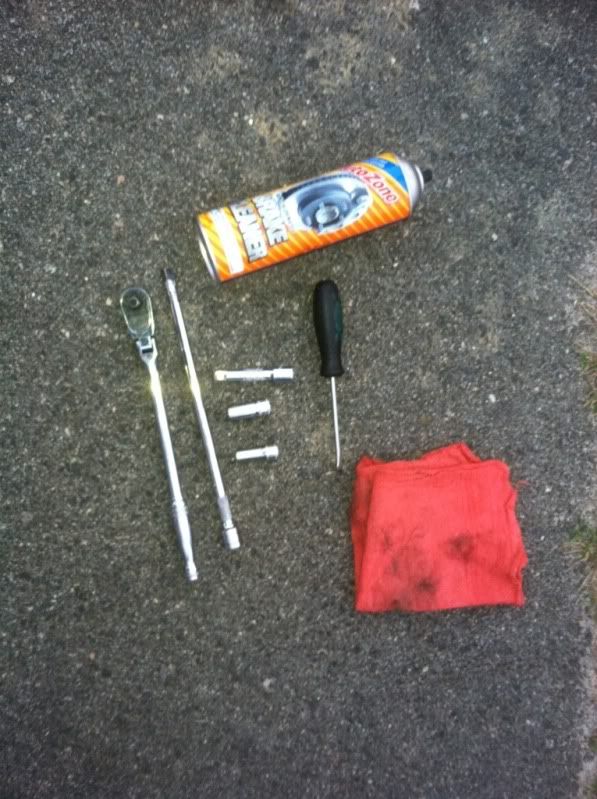Long story short, I entrusted my partner to bring my 05 Corolla S in for a gasket change and unfortunately his idea of a mechanic was a neighborhood mechanic. Now my car is a disaster after running perfectly fine before.
My intake manifold gasket needed replacing—my 05 Corolla S is about 350k miles at this point. As you can imagine, pieces and parts are brittle.
This mechanic dismantled my air intake to put the gasket on by unscrewing pieces like the throttle body, PCV hose, and a couple of hoses beneath. He also took it upon himself to clean the opening of the air intake, the throttle body and butterfly valve inside it, and he also took out the fuel injectors. The fuel injectors look exactly how you would expect them to look on an older car, but still ran fine. He took pressurized air to the injectors to clean the gunk from them, and when reassembling, the connecting clip on the harness that plugs into it were all wiggly and one didn't snap back on properly (no telltale "click").
My car also began leaking a semi translucent thin pink fluid that reminds me of my vehicle's transmission fluid. Not as thick though.
Upon startup, my idle was so rough that the car has trouble even staying on. Not to mention, my brakes barely work. They're extremely stiff and if you dare give it one inch of slack you're going to be rolling backwards until you force your foot down to stop it.
I've gotten an array of codes that I will have to come back and edit in since I couldn't return home with my Corolla, but from memory the codes read P0300, P0301, P0302, P0303, P0304.
All misfire codes on top of my longstanding original codes (that my car ran perfectly fine with before touching this gasket) P0171, P0455, P0441 and P0420. Again, I will edit in the rest of the NEW codes in a couple of hours for clarity's sake since I don't have my car or scanner on me right now.
What could this possibly be??? How do I go about fixing this mess??
Here's a photo my partner took to illustrate the disaster better;
EDIT: just discovered he cleaned INSIDE the engine with degreaser and carb cleaner, directly into the intake. Likely the reason my car is in shambles, is my assumption. He sprayed an ENTIRE can into it.
My intake manifold gasket needed replacing—my 05 Corolla S is about 350k miles at this point. As you can imagine, pieces and parts are brittle.
This mechanic dismantled my air intake to put the gasket on by unscrewing pieces like the throttle body, PCV hose, and a couple of hoses beneath. He also took it upon himself to clean the opening of the air intake, the throttle body and butterfly valve inside it, and he also took out the fuel injectors. The fuel injectors look exactly how you would expect them to look on an older car, but still ran fine. He took pressurized air to the injectors to clean the gunk from them, and when reassembling, the connecting clip on the harness that plugs into it were all wiggly and one didn't snap back on properly (no telltale "click").
My car also began leaking a semi translucent thin pink fluid that reminds me of my vehicle's transmission fluid. Not as thick though.
Upon startup, my idle was so rough that the car has trouble even staying on. Not to mention, my brakes barely work. They're extremely stiff and if you dare give it one inch of slack you're going to be rolling backwards until you force your foot down to stop it.
I've gotten an array of codes that I will have to come back and edit in since I couldn't return home with my Corolla, but from memory the codes read P0300, P0301, P0302, P0303, P0304.
All misfire codes on top of my longstanding original codes (that my car ran perfectly fine with before touching this gasket) P0171, P0455, P0441 and P0420. Again, I will edit in the rest of the NEW codes in a couple of hours for clarity's sake since I don't have my car or scanner on me right now.
What could this possibly be??? How do I go about fixing this mess??
Here's a photo my partner took to illustrate the disaster better;
EDIT: just discovered he cleaned INSIDE the engine with degreaser and carb cleaner, directly into the intake. Likely the reason my car is in shambles, is my assumption. He sprayed an ENTIRE can into it.








